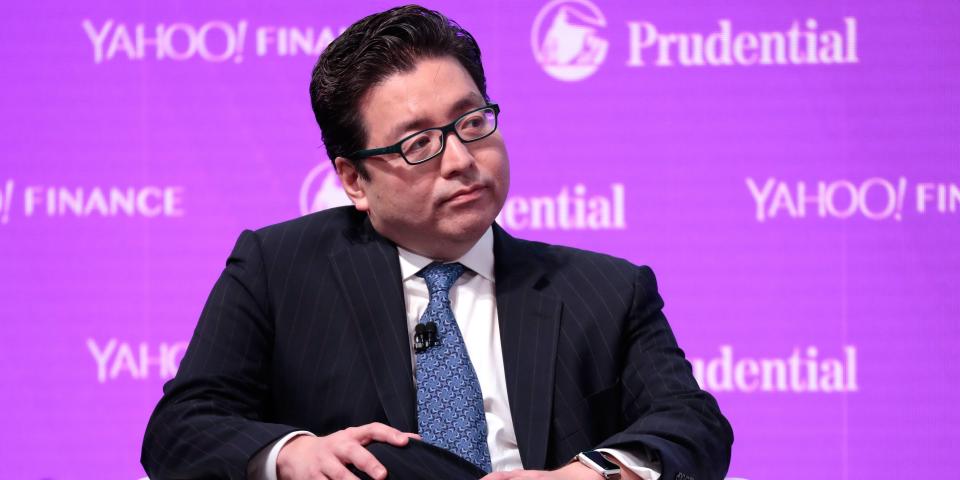Fundstrat's Tom Lee highlights the biggest risk to his bullish 2023 stock market outlook of more than 20% gains

Fundstrat's Tom Lee expects the S&P 500 to soar more than 20% in 2023 to 4,750 as inflation cools off.
But he highlighted a big risk to his forecast on Friday that centers around sticky wages and a hawkish Federal Reserve.
"If [wages] begin to accelerate it means the Fed has a lot more wood to chop and that raises the risk," Lee said.
Fundstrat's Tom Lee is the biggest bull on Wall Street, as his 2023 S&P 500 price target of 4,750 exceeds Wall Street's median forecast by 17%.
But during an interview with CNBC on Friday, he acknowledged there's a big threat next year that could derail his bullish outlook.
"The risk remains that the Fed has to stay tighter and therefore it actually doesn't lead to a soft landing, it leads to an outright recession and maybe even a financial crisis. So I think the thing that remains the biggest risk is if wages actually accelerate," Lee said.
His bull case hinges on inflation continuing to decline and a friendlier Federal Reserve, leading to a soft landing in the economy that makes corporate earnings more resilient than most expect. So it's no wonder that a more hawkish Fed could sabotage Lee's upbeat prediction.
In fact, that's exactly what happened in 2022.
Fed Chair Jerome Powell hiked interest rates by 425 basis points and started to reduce the Fed's balance sheet, which led to a swift risk-off market environment that ultimately sank Lee's initial 2022 S&P 500 price target of 5,100. The S&P 500 is poised to end 2022 at just above 3,800.
The Fed is currently expected to raise interest rates by at least 50 basis points in 2023, which would be made up of two 25-basis-point hikes at its February 1 and March 22 FOMC meetings.
To gauge whether the Fed will continue to hike interest rates, Lee suggests investors focus their attention on wage growth, because if wages grow too fast while other aspects of inflation continue to cool, then the Fed may still feel the need to tighten monetary conditions further.
If wages begin to accelerate, "it means the Fed has a lot more wood to chop and that raises the risk," he said.
Read the original article on Business Insider

